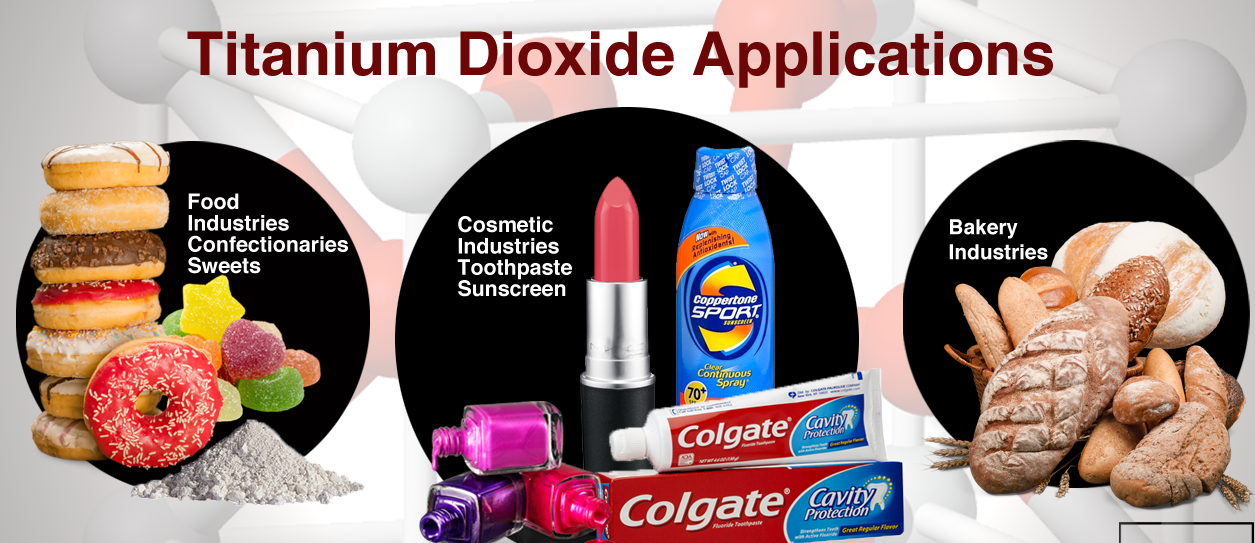Radiolabelled nano titanium dioxide shows up in organs, days after exposure
Study also rules out using IV results to predict oral exposure
25 July 2017 / Germany,
Organs may retain some titanium dioxide nanoparticles for more than seven days after they enter the body, according to radiolabelling studies by a team from the Helmholtz Centre Munich in Germany and the European Commission Joint Research Centre (JRC).
Led by Helmholtz's Wolfgang Kreyling, the researchers exposed rats to the particles labelled with 48-vanadium, before measuring the radioactive content in all organs and tissues. By using radiolabelling, they didn't need to take into account background levels from diet or the environment.
Although most of the nanoparticles given orally were soon excreted in faeces, about 0.6% of the dose passed through the gastro-intestinal barrier after one hour. From here they could have strayed into the bloodstream.
The highest titanium dioxide levels were found in the liver, followed by in the spleen, skeleton and blood. The researchers were able to detect very low levels of nanoparticles in all organs; levels appeared to remain stable over 28 days.
The "apparently slow" excretion kinetics point to a gradual and possibly undesirable accumulation of nanoparticles, say the researchers in a series of Nanotoxicology articles.
The possibility that titanium dioxide nanoparticles may accumulate in organs raises questions about adverse health effects, they add.
Many rodent studies assume that results obtained after injecting intravenously can also be used to predict the fate of nanoparticles arising from dietary or inhalation exposure.
To put this to the test, the researchers repeated their experiments using three exposure routes: IV injection, ingestion and delivery to the lungs.
The biokinetics differed significantly for the three sets of experiments, leading the researchers to conclude that IV injection is not suitable for predicting the fate of nanoparticles administered by different routes.
"A very important take-home message from these three studies is that intravenous exposures (for oral toxicity studies) cannot be substitutes for oral exposures … as has been proposed by some investigators," says David Warheit from US titanium dioxide producer Chemours, who was not involved in the study.
Meanwhile, he cautions that distribution and retention patterns may be very different in rats compared with larger mammals such as humans.
He also points out that only a small fraction of food grade titanium dioxide consists of nanoparticles. "In fact, the larger, pigment-grade TiO2 is used commercially, primarily because it scatters light and ultimately provides a white colour," he says.
In February, the French National Institute of Agricultural Research published research linking titanium dioxide in food (E171) to inflammation and bowel cancer in rats. The researchers found that particles crossed the rat gut barrier and reached the liver.
And then in June, Echa's Risk Assessment Committee (Rac) concluded that the substance should be classified as a category 2 carcinogen via inhalation. France had proposed a category 1B carcinogenicity classification.
Titanium dioxide producers have been fiercely critical of the classification proposals, and have long argued that the rat data are not relevant to human toxicology. According to industry, existing evidence should point to a "no classification" decision for all forms.


